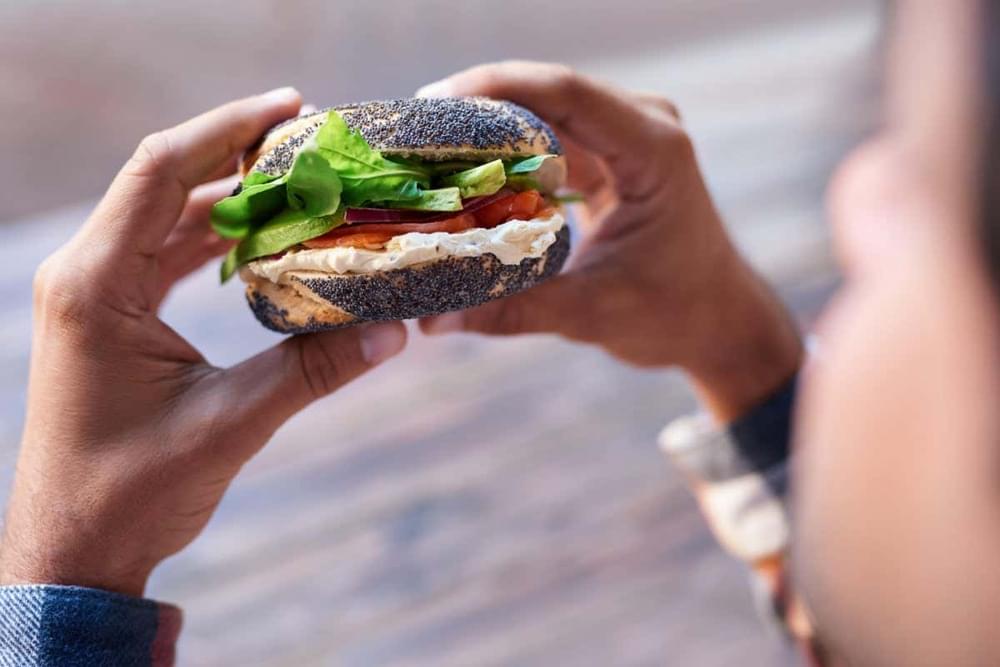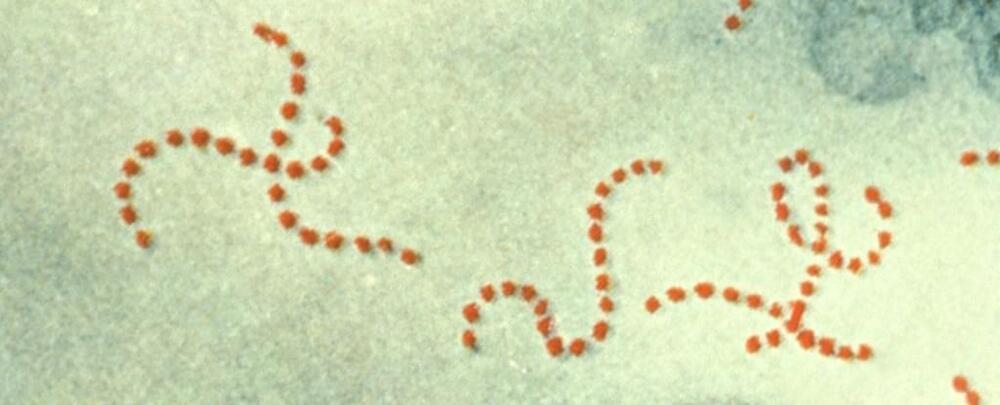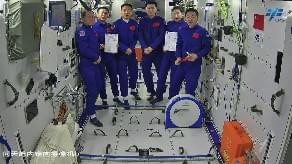Examinations using microscopes confirmed that these neurons were active in the mice with chronic pain. When the researchers used chemicals to stop the neuronal activity in this cortex, the mice’s appetites improved.
Similarly, when the researchers used chemicals to activate these neurons in mice that weren’t in pain, the animals ate less, even if they had been deprived of food before the experiment.
This is the first time that researchers have traced the brain mechanisms behind pain-related appetite loss, the researchers wrote.









